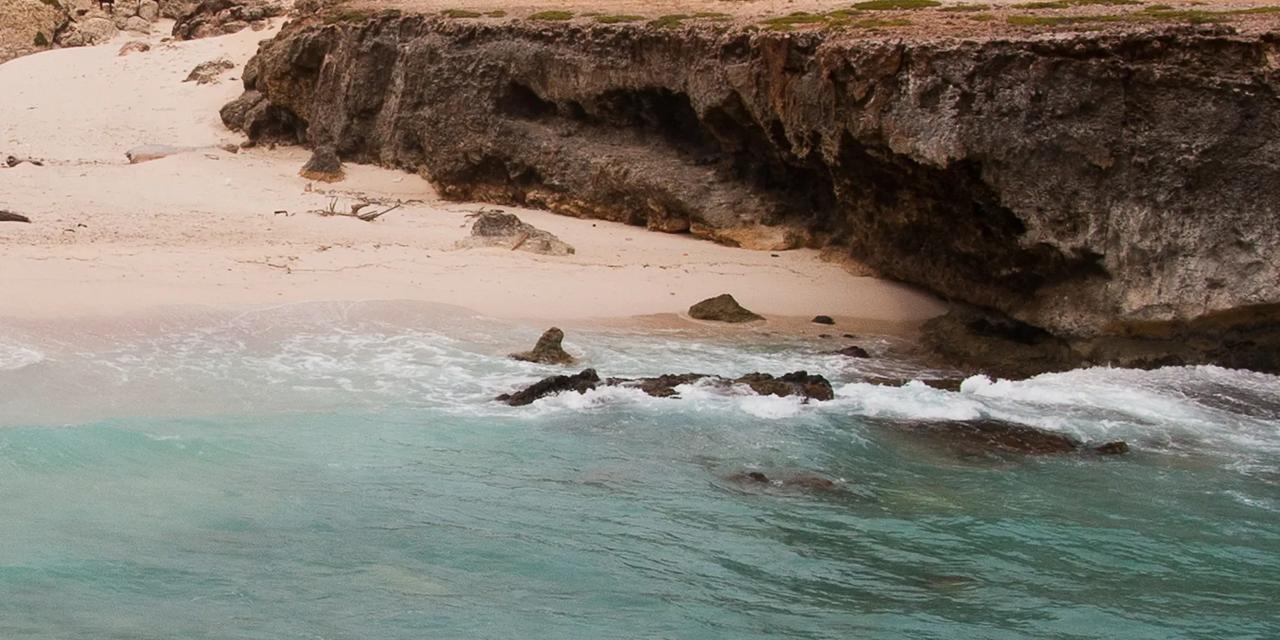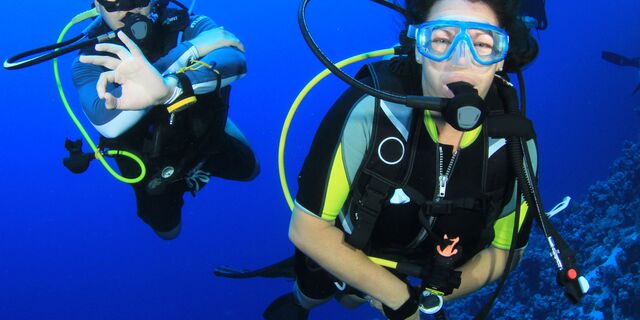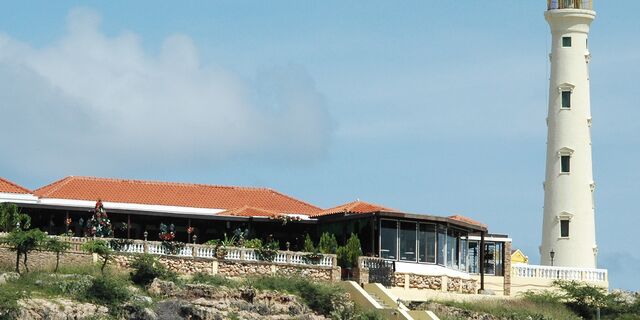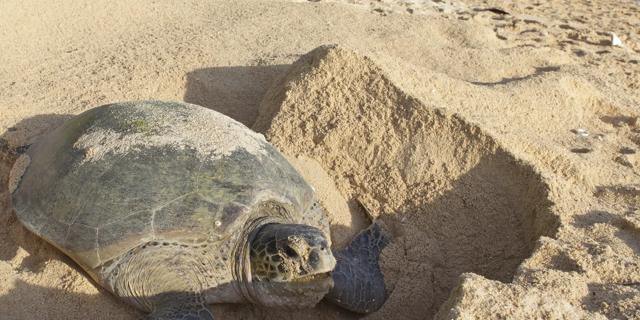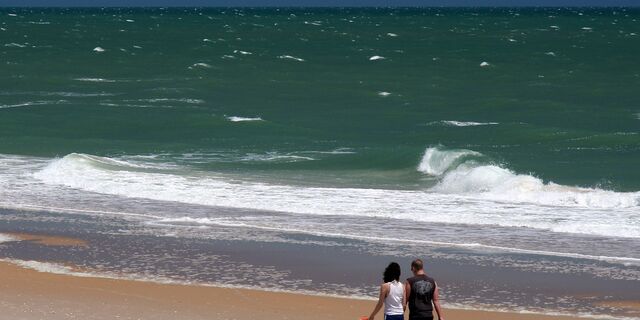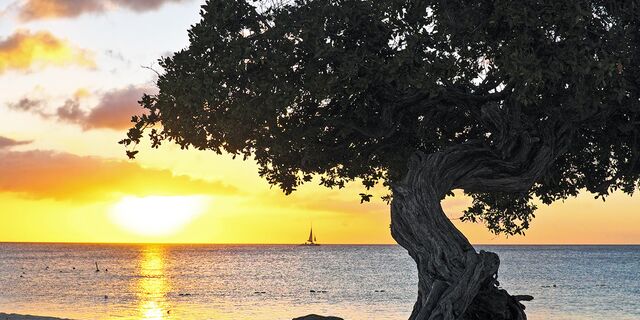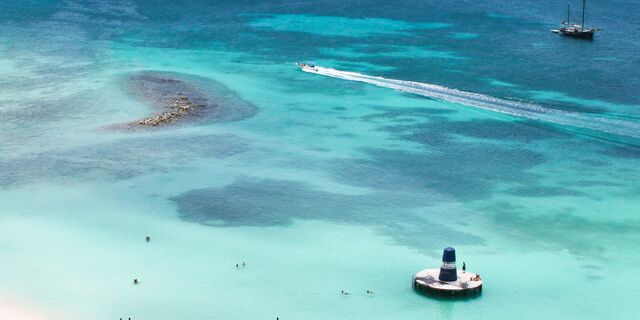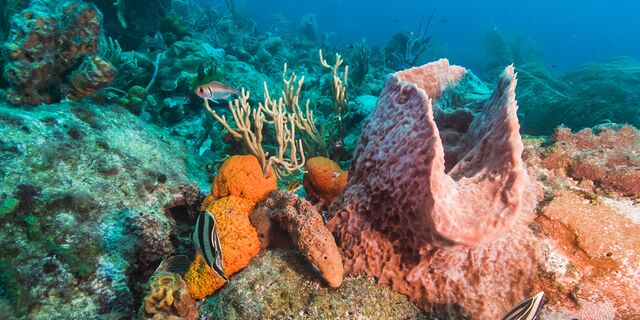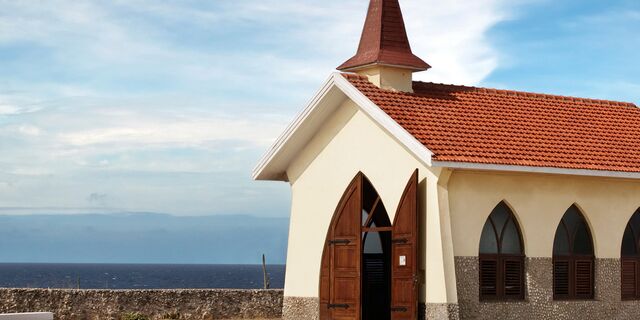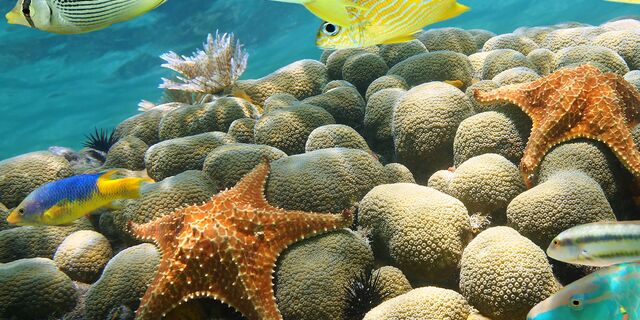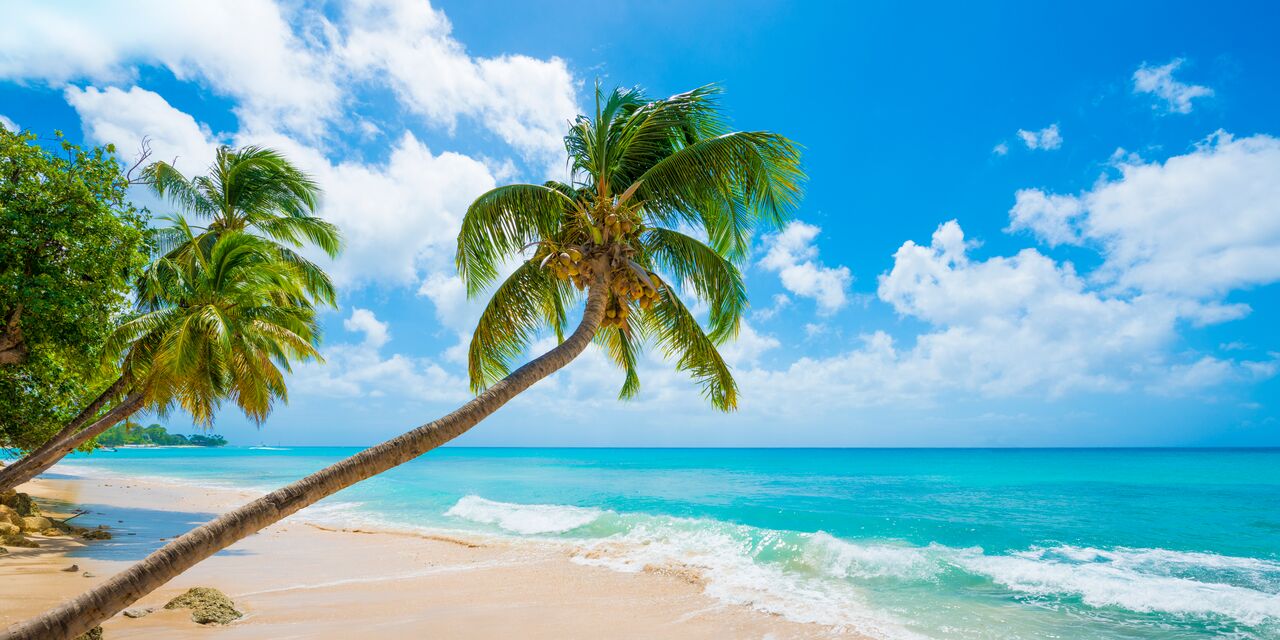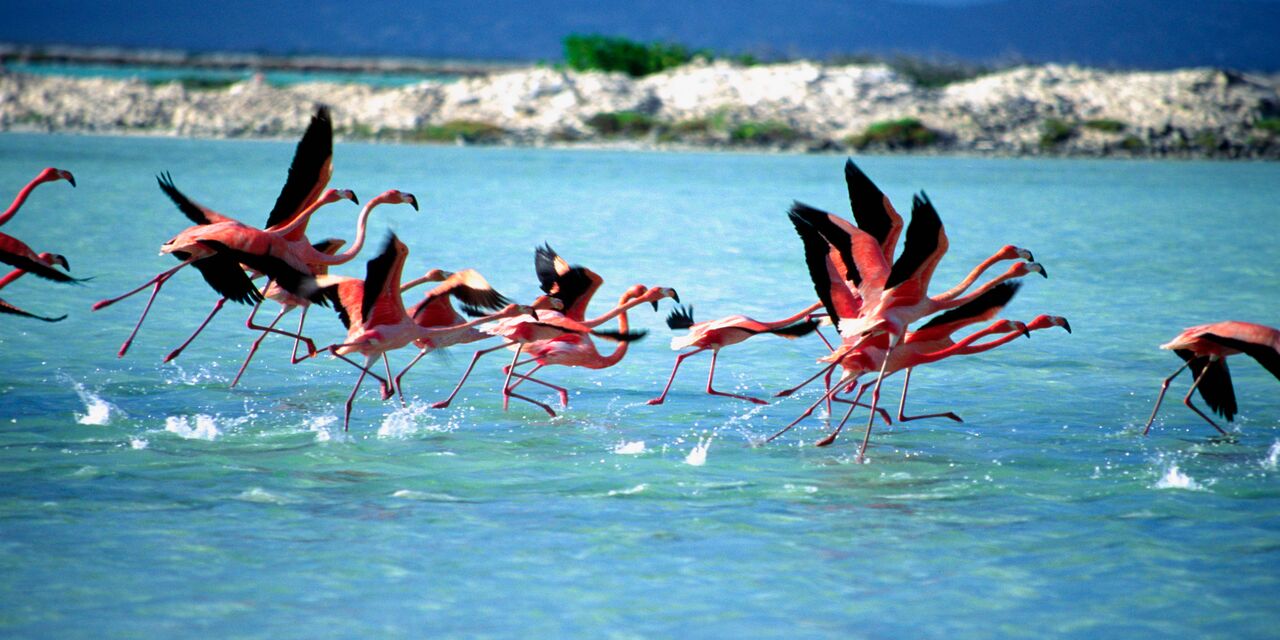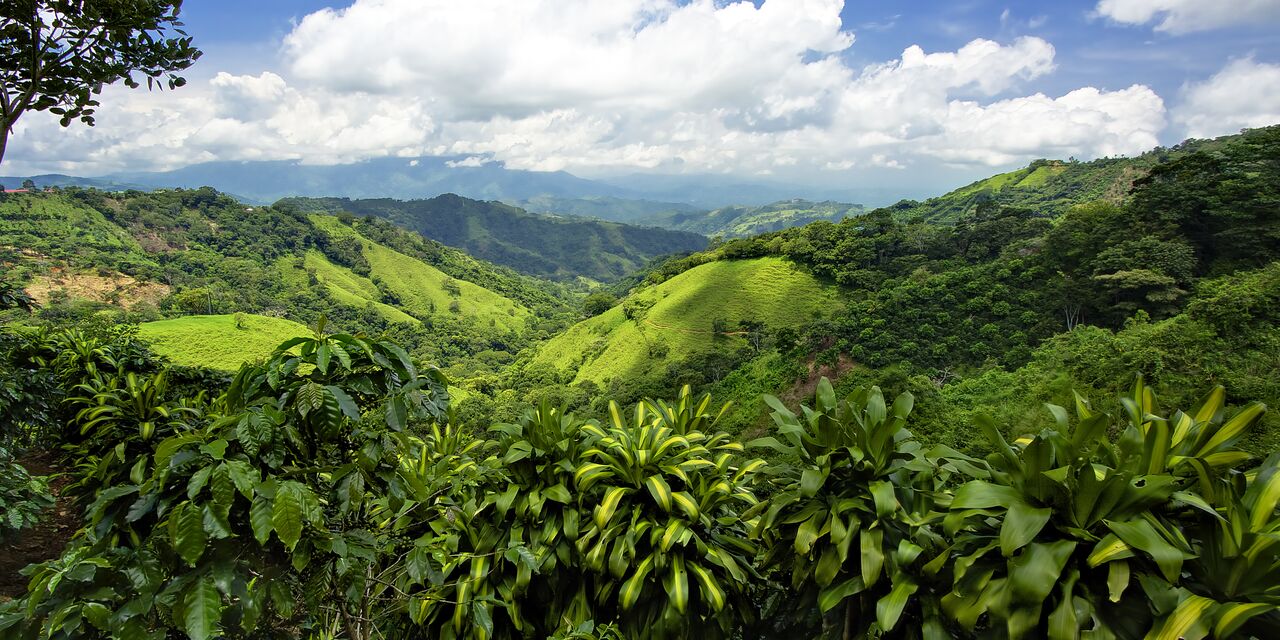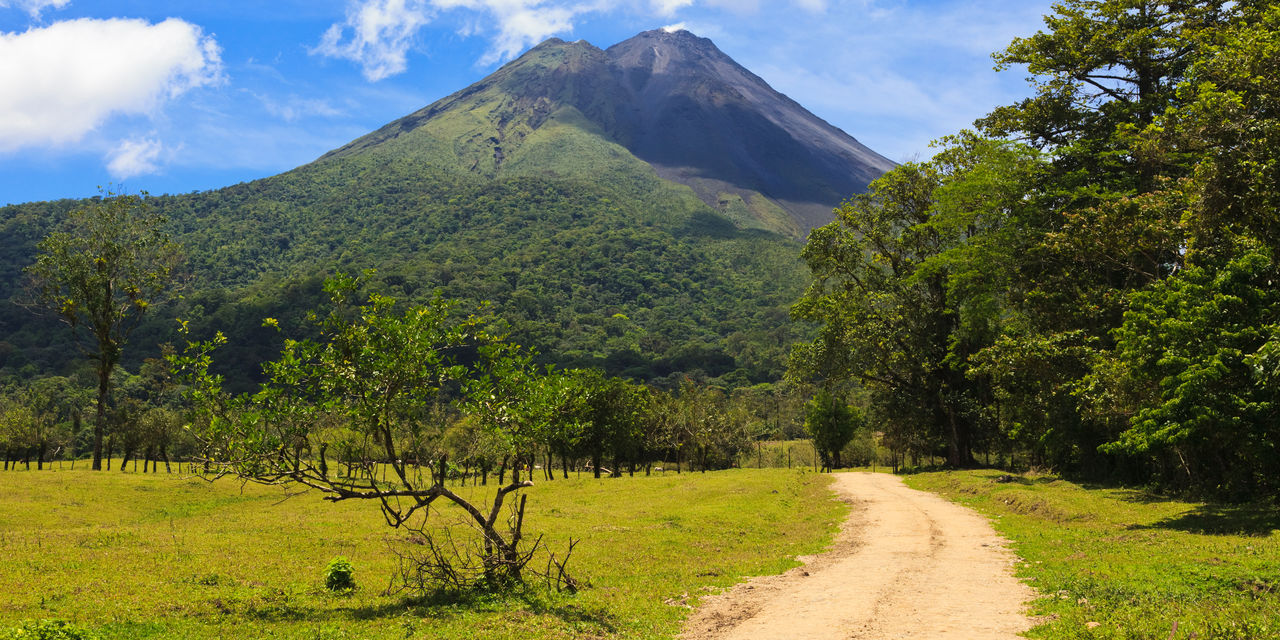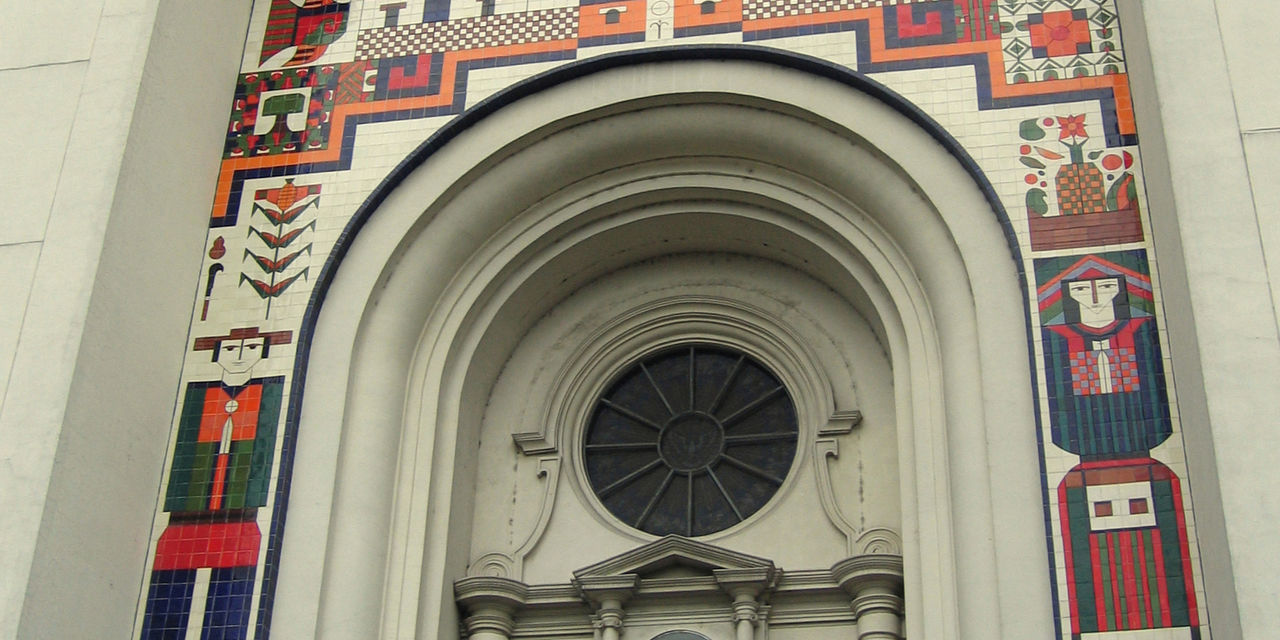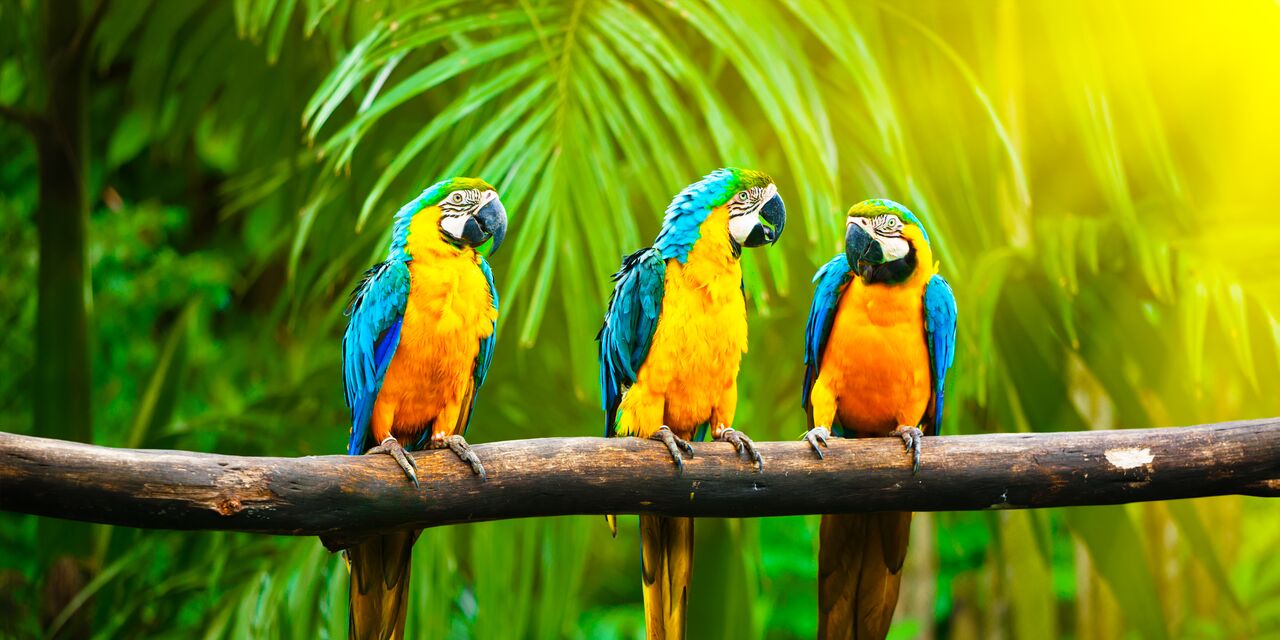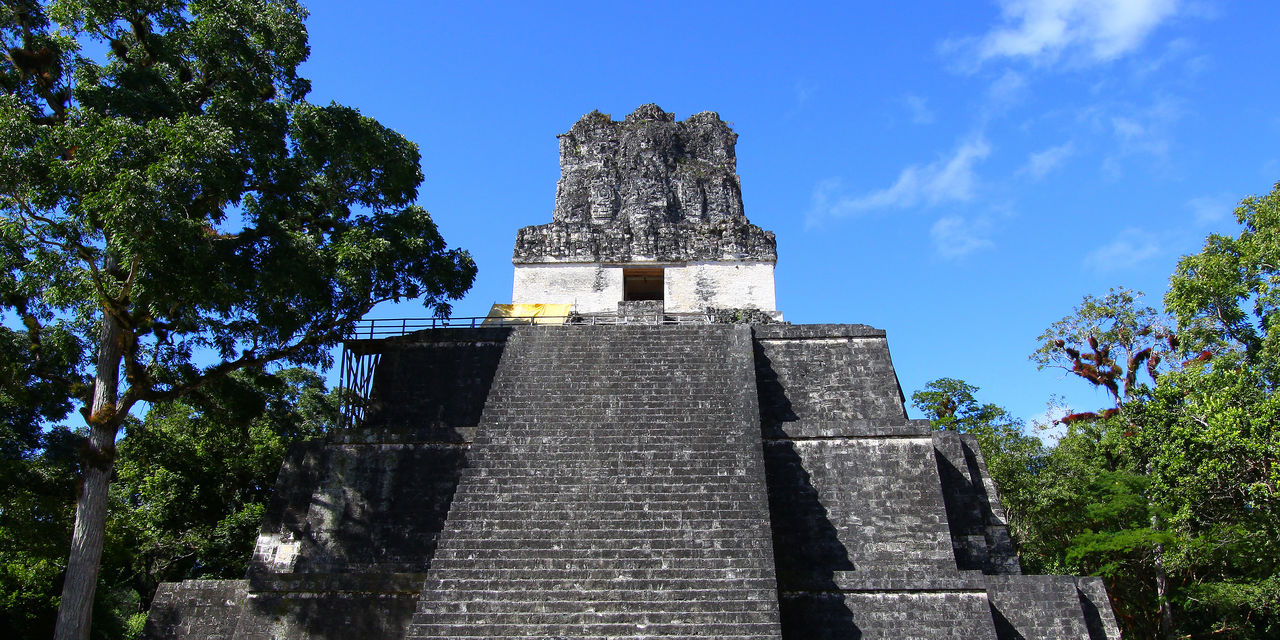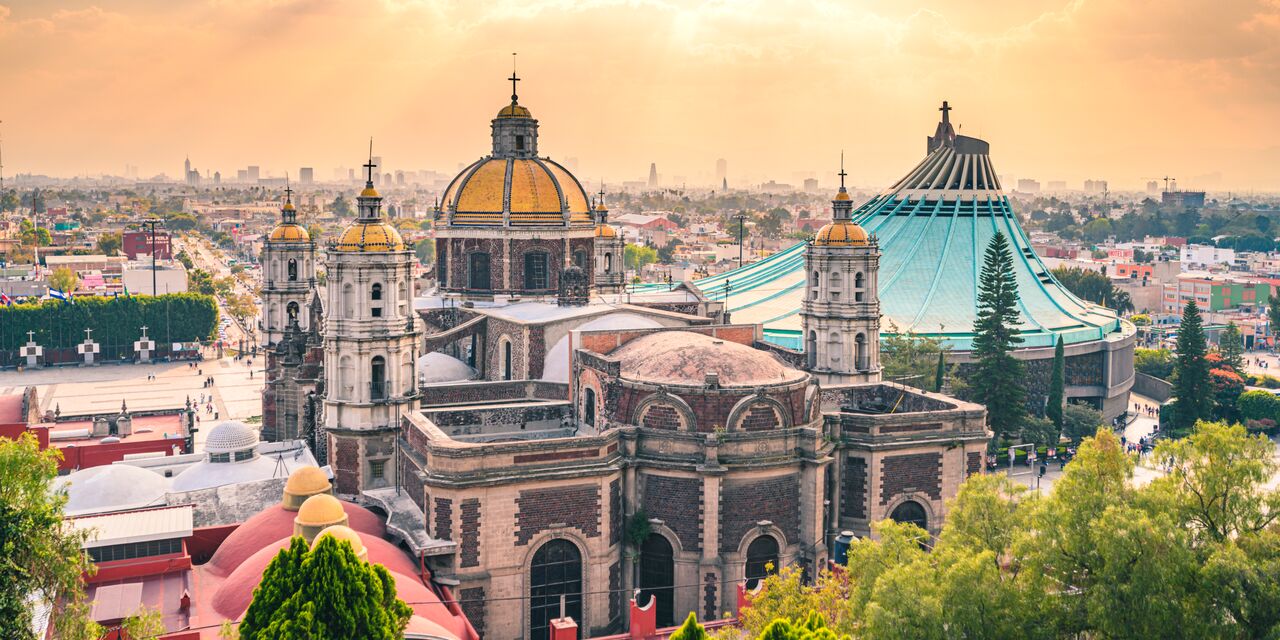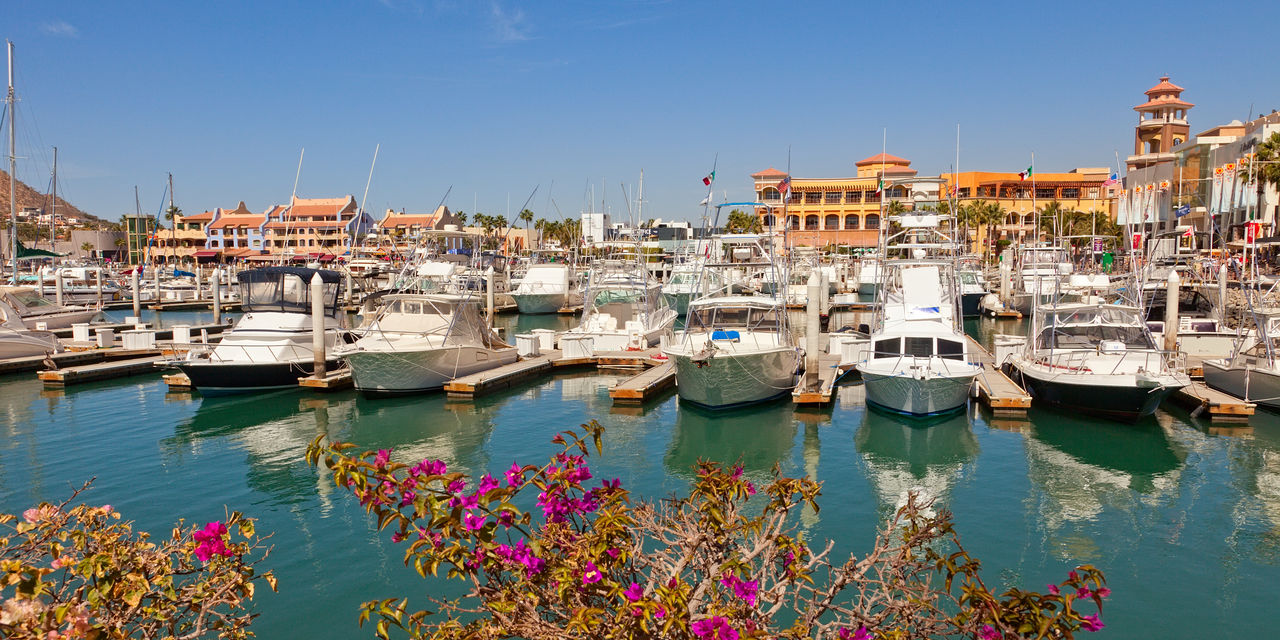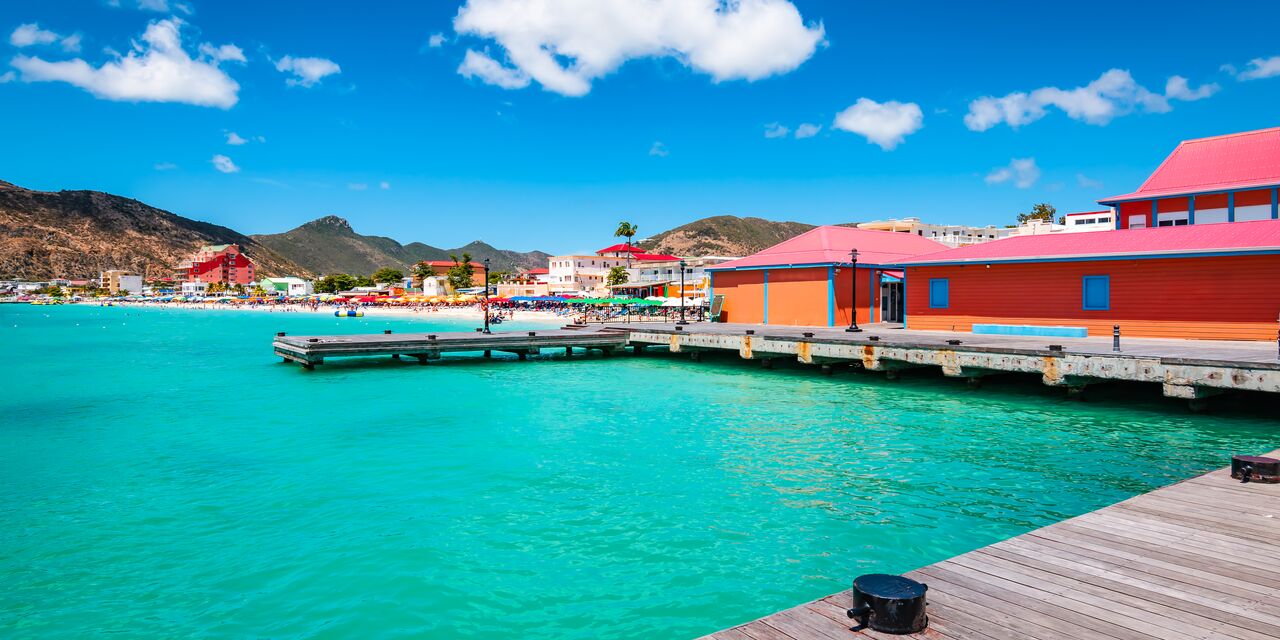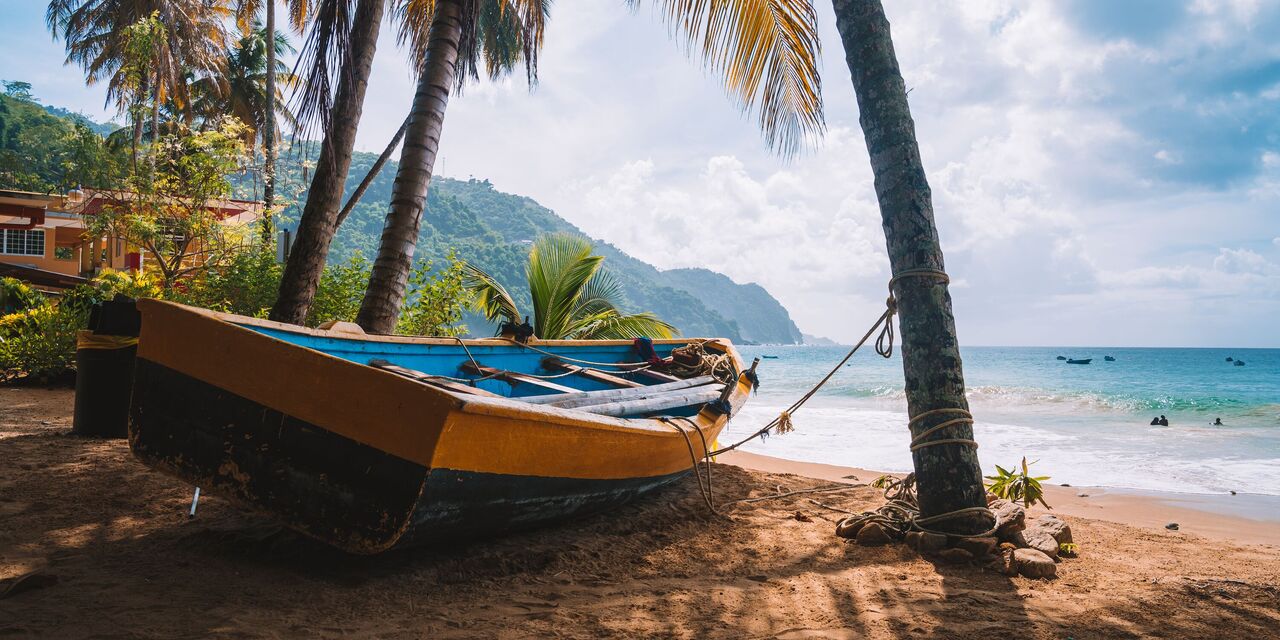
Aruba’s heritage
The park contains a wealth of historic remnants, such as drawings left by the Caquetío Indians on the rocks of Cunucu Arikok and in Fontein Cave. If you examine them closely, you can recognise the curious bird from the park logo. The park also has some old settlement sites, such as the location where Aruba’s oldest plantations used to be. Here, visitors can get a good impression of how difficult it must have been for the families who settled in this challenging landscape so many years ago. Limited by their surroundings, they managed to build houses out of adobe — a mixture of mud and hay. After close examination of this building technique, the park administrators have rebuilt a number of these typical Aruban ‘mud houses’ in Cunucu Arikok and near Plantation Prins. In Masiduri, visitors can also go see an exhibition on aloe, the medicinal plant that used to be one of Aruba’s most important export products in the early 20th century.
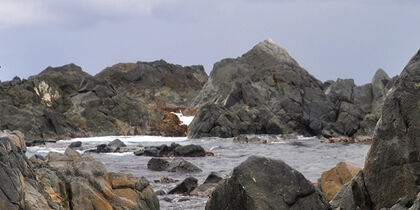
The most beautiful spot on Aruba
The northern coast of Aruba is home to numerous bays, called bocas. These striking rugged coves are shaped by wind and water, which you can tell from the incidental tall dunes on these white sandy beaches. Boca Prins and Dos Playa are beautiful bays, but Conchi is by far the most popular of all. This natural swimming pool can only be reached by foot, horseback or 4-wheel drive. The trek there is an adventure in itself and the reward a heavenly spot to spend the day.

